Nature Study–No Planning Needed!
Nature study is one of my favorite parts of the Charlotte Mason philosophy. We try to incorporate it as much as we can, with many of my ideas coming from Barb at the Handbook of Nature Study blog. One of the most common ways we fit in nature study, however, takes no pre-planning at all. You could call it interest-led or on-demand or lucky coincidence…
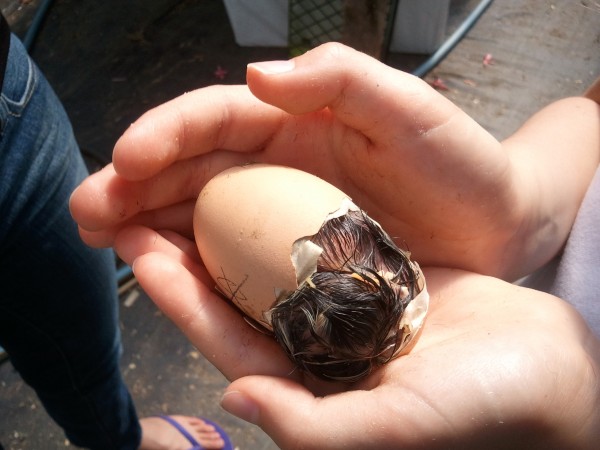
When we see something in nature that we’re curious about we spend time researching it. I know, amazing thought, right? And it really is that simple. The more complicated side is putting aside my plan or list and being willing to detour and slow down. It means when we are at our small town’s garden store for what is supposed to be a twenty minute shopping trip being willing to stay an hour and a half so my daughter could hold a chicken egg in her hand while it hatched. It means dropping the load of laundry to run to the window and see the bird at the feeder. It means crouching down on our neighborhood street (when I’m really just trying to get our dog some exercise) to watch a snail. It means stopping the lawnmower, grabbing the bug box and finding a way to get a huge green beetle inside it. (And yes, I did let out a squeal when he touched me.)
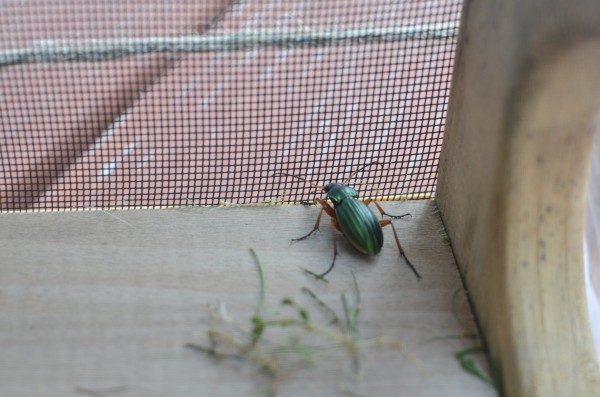
There is a great benefit to this method even aside from the easiness of it. Not only do we learn a lot about the natural world without tons of planning on my part, but it fosters my children’s curiosity. It has encouraged them to call out to me: “Hey Mom! Look at this! What is it?” I always try to go and see it. If we can we bring it home to study (like the garden snails I carried in a dog waste bag), otherwise we take a picture (great use for the camera on my phone).
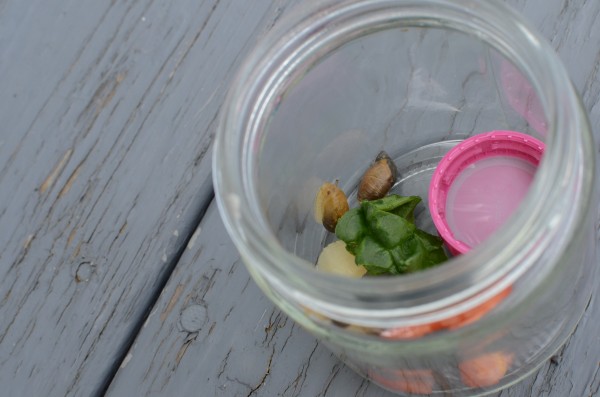
At home we follow through and find out what we can about our topic. I love having field guides and reference books on trees, insects, and birds around the house so we can grab those and start thumbing through to track down our item of interest. (As a side note: building a reference library doesn’t have to be expensive: most of our books I’ve picked up on clearance or at used book sales.) This can help with beginning identification on things like the big green beetle where I don’t know what to type in for an internet search. If we’re not positive of the identification based on the drawing or picture in our field guide, I’ll often do a Google Images search and compare the images with what we found to help us be sure. For birds you can’t beat Cornell’s All About Birds website to identify and then learn everything you wanted to know, and even watch a video or listen to audio recordings. If it’s just a feather you find, then check out the Feather Atlas from the U.S. Fish and Wildlife service. The Discover Life site has ID nature guides that cover just about every living thing. This site is so detailed it can be a little harder to navigate, but many of the guides have photos to make it easier. For instance, under insects you can choose caterpillars, then using the photos select the main body color, pattern, and other features to arrive at an identification.
That would be how I identified the caterpillar that gave my son an awful rash. Oh, and that was after my husband said, “I thought you weren’t supposed to touch hairy caterpillars.” I waived away his concerns, saying surely in rural northern Maine where I grew up we touched all sorts of them. I let the kids play with them for a couple hours, draw them and build them houses. Let me just say that I was really eating my words at 2:00 AM when my son was itching and crying covered in hives. My dear husband didn’t even say “I told you so,” though I really deserved it!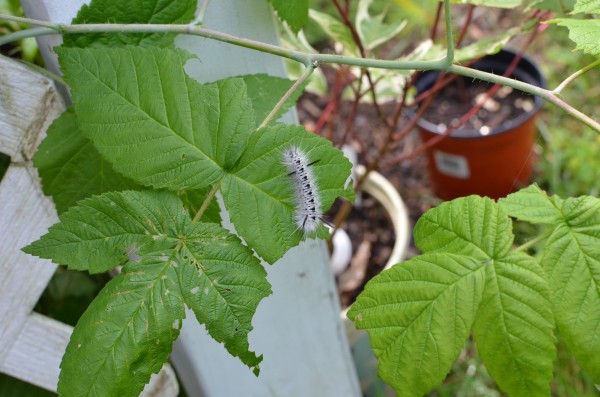
My favorite nature reference book that we own is The Handbook of Nature Study by Anna Botsford Comstock, an amazing book originally written in 1911. It doesn’t have color photos like most field guides, but it’s loaded with interesting information. That’s where we pick up fascinating in-depth knowledge, like how the bleeding heart flower has a hinge to expose the pollen while bees are drinking the nectar. Barb’s Handbook of Nature Study site is a great place to find educational links and study activities if you want to dig deeper. It was through links on her site that we learned a garden snail can have over 400 babies in a year (and why the garden snails we brought home were returned to their previous area!) And if it’s something my kids are still showing a lot of interest in, we’ll grab books on it at the library and read until their curiosity is satisfied.
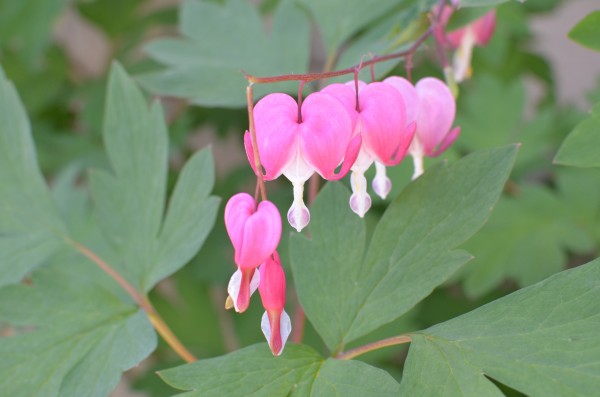
At least until the next time I hear: “Hey Mom! You’ve gotta come see this!”
 Hi, I'm Heidi and I homeschool my two sweet kids. I want them to know that learning is an exciting lifelong adventure! We love great books, unit studies, notebooking, lapbooking, and hands-on learning.
Hi, I'm Heidi and I homeschool my two sweet kids. I want them to know that learning is an exciting lifelong adventure! We love great books, unit studies, notebooking, lapbooking, and hands-on learning.



